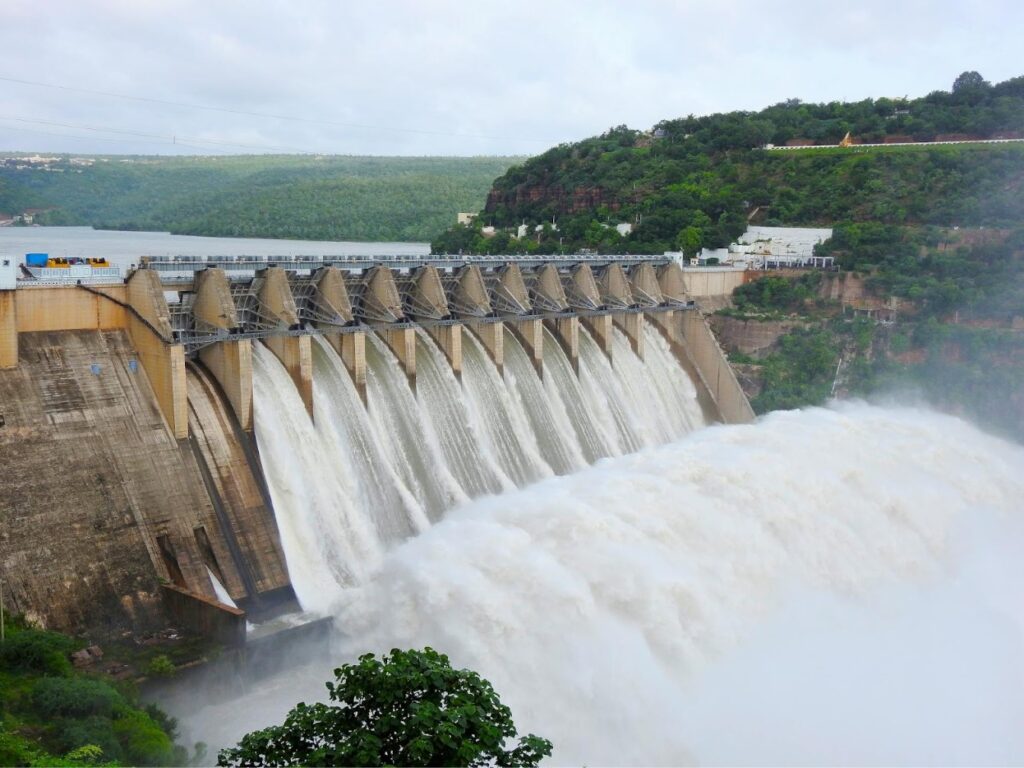A gigantic reservoir project, dubbed the Sites Reservoir, has been 45 years in the making. It’s hoped to be the perfect response to the threat of drought in the Golden State.
However, the project will displace some people from the Antelope Valley, where the reservoir will be located. Dozens of homes may be flattened by the construction. Will this project go through until completion?
Solving the Water Crisis

Officials are hoping the enormous Californian reservoir will help solve the area’s water crisis. Although water has been plentiful in the last few years, a drought is a disaster waiting to happen as global temperatures continue rising.
“Sites Reservoir is an environmentally beneficial, off-river reservoir that will capture excess water from major storms and save it for drier periods,” the reservoir’s website states.
Billion Gallons of Water

The 13-mile long basin in Colusa County is projected to provide water to 24 million state residents when it’s completed in 2032.
Then, the reservoir will store about 1.5 million acre-feet of water (almost 490 billion gallons.) The water will then be piped out to southern and central California.
Not Without Opposition

But the project, while beneficial, has seen opposition to its construction. Not only will dozens of homes be flooded to make way for the reservoir, various environmental groups worry about the reservoir diverting large quantities of water from the Sacramento River system.
There’s even a legal challenge in the form of a lawsuit, which states, “The Sites Reservoir would harm the Sacramento River ecosystem, threaten already imperiled fish species and release greenhouse gas pollution.”
Friends of the River Oppose

Ron Stork, a senior policy advocate at Friends of the River, a river conservation organization, said, “The Sites Reservoir will cause much environmental harm, which falls on the public, and a small amount of good, which primarily benefits the project investors.”
He also explained about the greenhouse gas emission. “Among other harms, the reservoir will be a major greenhouse gas emitter. A recent analysis estimated that Sites would emit the equivalent of 80,000 gasoline-powered cars each year.”
More Harm Than Good

Meanwhile, John Buse, an attorney at the Center for Biological Diversity, added, “Water storage undoubtedly provides some benefit, but we should be looking at cheaper alternatives that do more for people, rivers and fish.”
“It’s very difficult to justify the expense and environmental costs of big surface storage infrastructure projects.” He concluded, “The Sites Reservoir will cause far more harm than good.”
A Longtime Dream
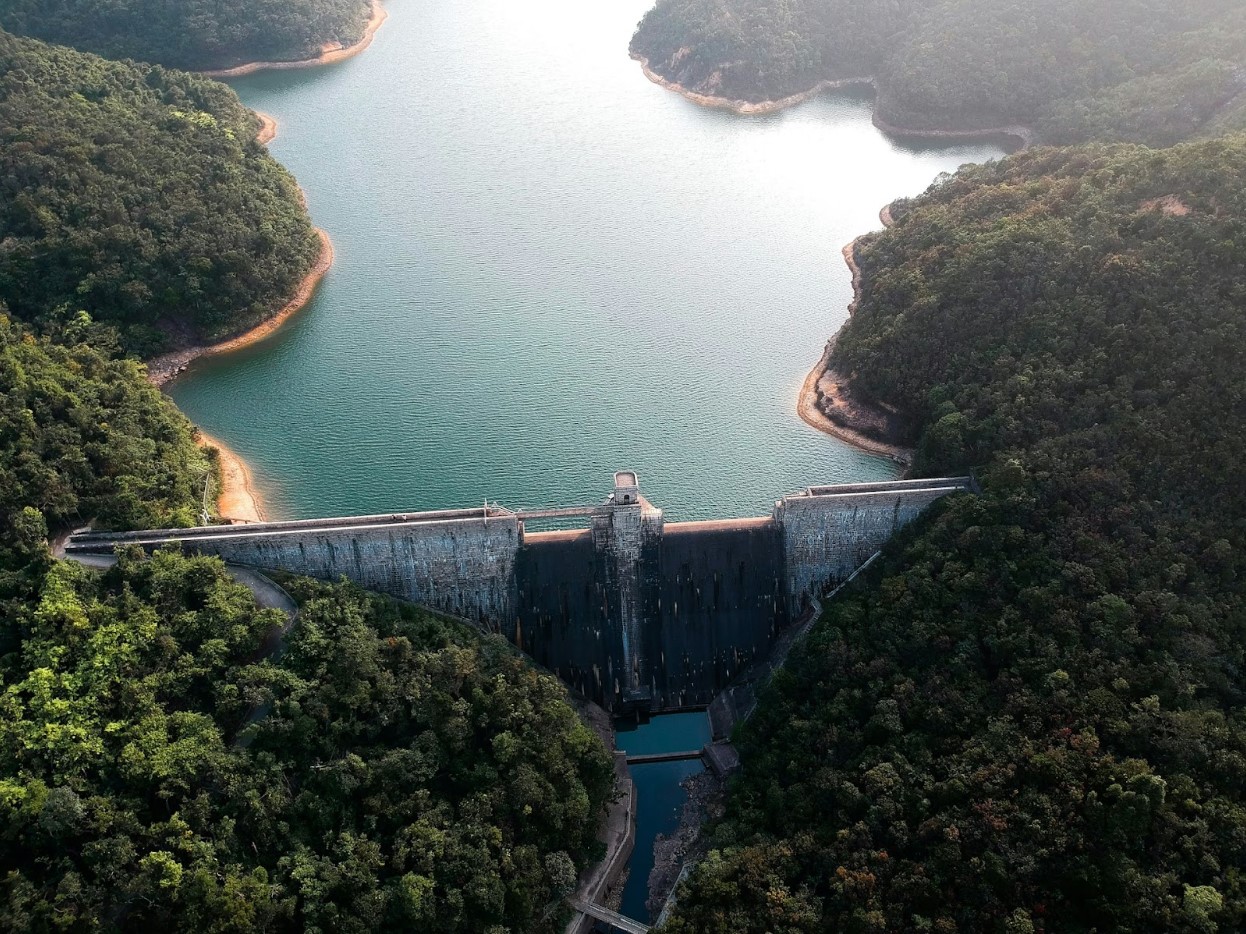
The reservoir is the product of a decades-old dream. It was first suggested by landowners and water districts northwest of Sacramento. Now, that dream is inching closer to reality thanks to a new infusion of federal cash.
The Mercury News reported earlier this year that Sites Reservoir has received nearly a quarter-billion dollars in federal funding from Congress. The project is expected to cost more than $4 billion, and the opening timeline is pushed out to 2026.
The Governor’s Backing

Of course, California Governor Gavin Newsom is behind the project, which stands to become the state’s eighth largest reservoir when complete. Like many Democrats, the climate change agenda is the reason for his support.
Several statewide water boards also threw their backing for the Sites Reservoir. Matt Keller of the Santa Clara Valley Water District said to Mercury News, “We are going to need more storage projects with climate change. Our board is evaluating several different water supply projects from around Northern California and locally, and has been following this one for a while.”
How the Residents’ Homes Are at Risk
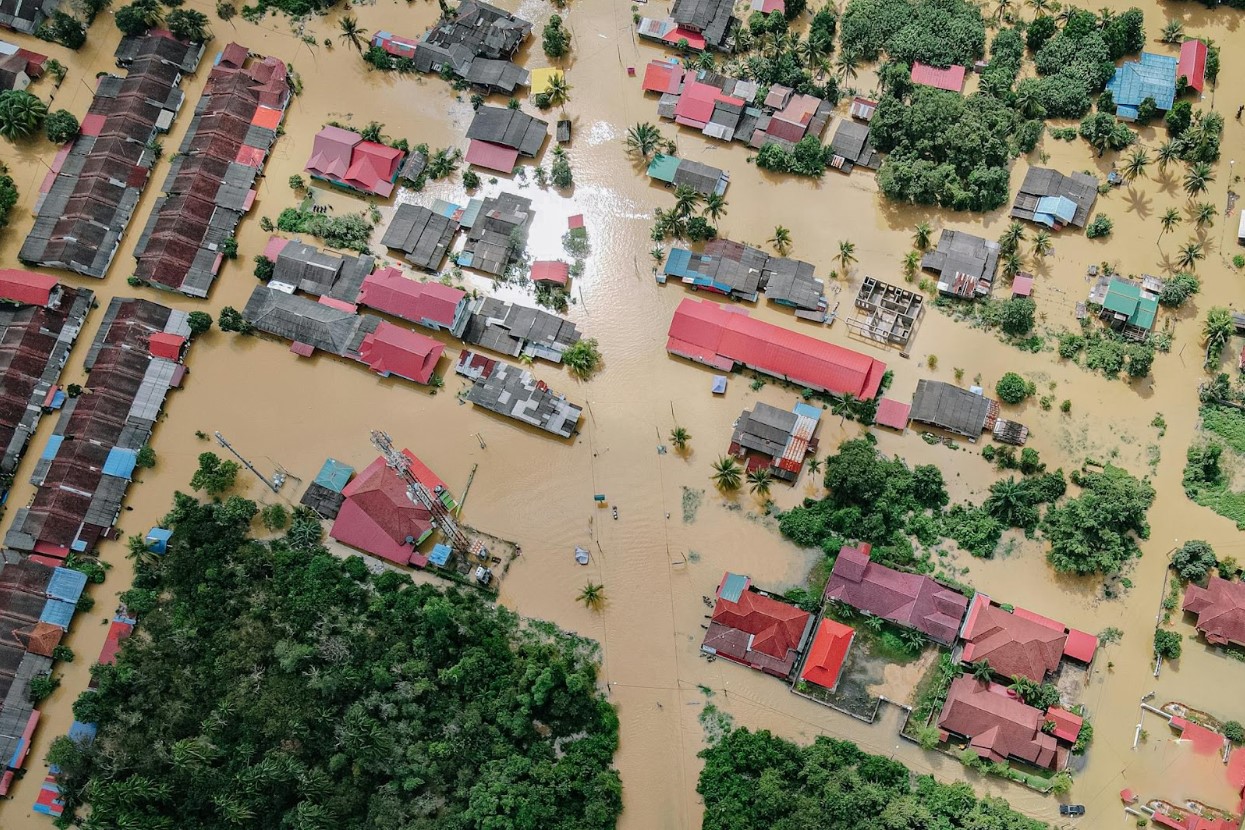
They may back the project, but it still demands an enormous effort to build. It requires multiple dams, support structures and infrastructure for selling off and moving all the water.
And the reservoir’s shape will put scores of residential homes and ranches at risk. The shape the reservoir will take—of a large valley near Maxwell in Colusa County—requires the removal of those homes and ranches.
People May Be Displaced

True, the area is sparsely populated. But Colusa County is still home to tens of thousands of people. Questions will arise of their safety and well-being during and after the project.
There may not be a lot of people living in the valley, but unless the project is willing to compensate them, there should be no reason why these people might be getting displaced.
Going Forward
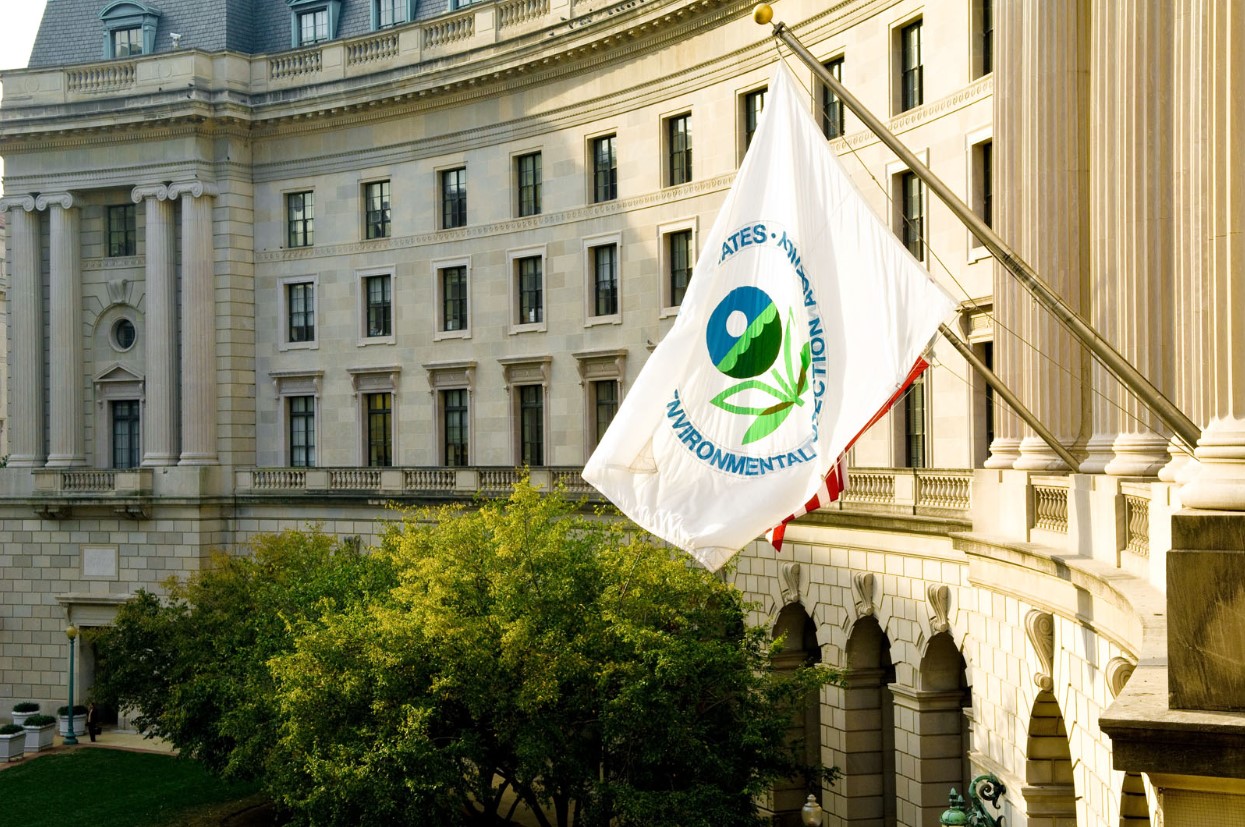
But perhaps resistance is futile in this case. After all, most of the funding is now in place for the reservoir. A large chunk of the funding comes from 2014’s Proposition 1 water bond.
Federal loans from the Environmental Protection Agency and the Department of Agriculture round up the funding needed for the mammoth project.
No Water Shortage for Now
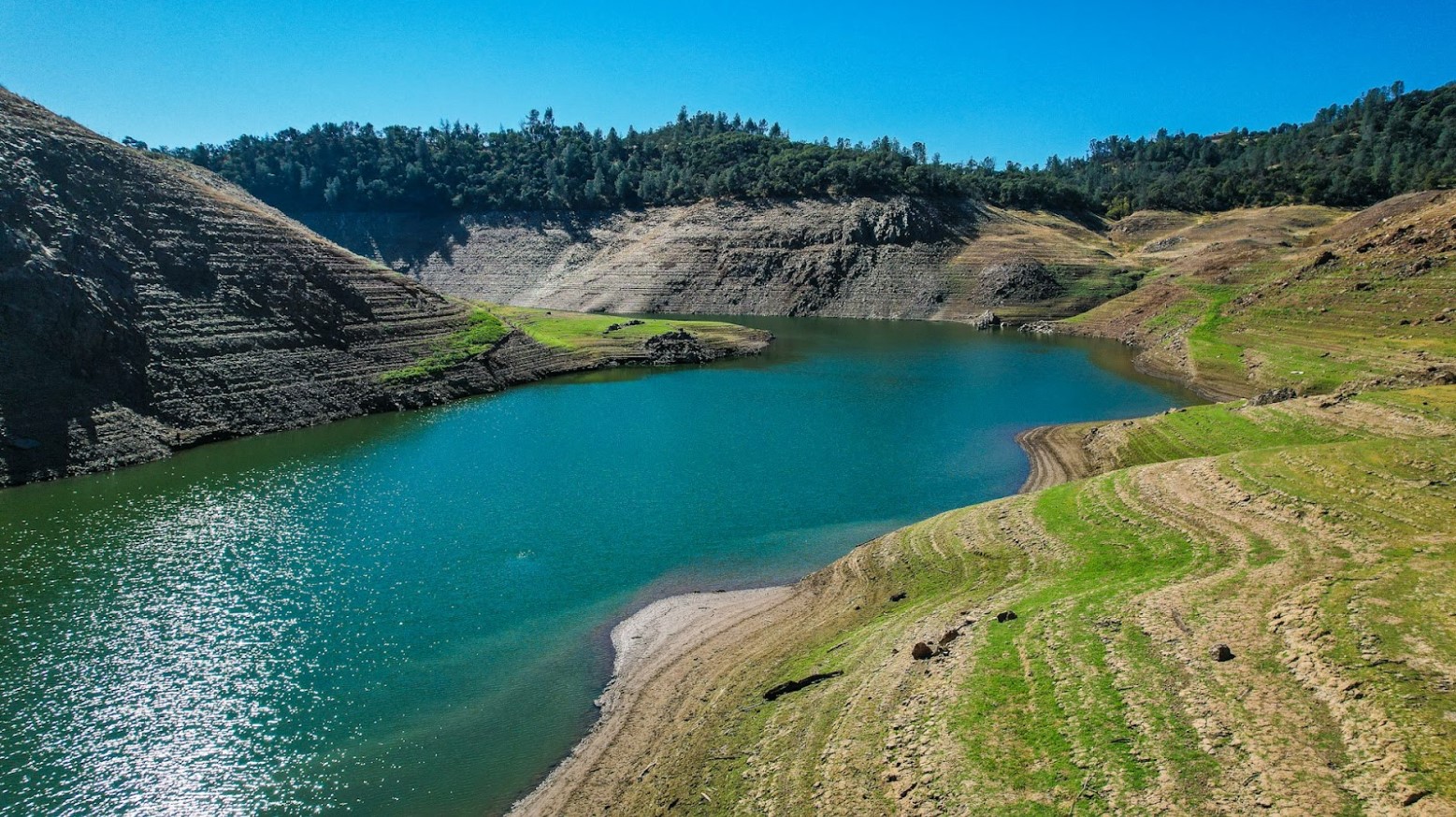
Californians don’t need to worry about water shortage for now. The state’s reservoirs are full because rain and snow continue to fall this late into the spring season.
The largest reservoir in California, Shasta Lake, is at 97% capacity. Meanwhile, the second largest reservoir at Lake Oroville is at 100% full capacity, filled with 3.5 million acre-feet of water. A drought in California seems to be a thing of the past … for now.
California’s New Water Conservation Law

The new reservoir isn’t the only water-related issue going on in California right now. California’s new water conservation law is designed to address the state’s persistent water scarcity issues. The law allows the “take” of certain fish and birds to facilitate a massive Colorado River conservation deal.
This measure aims to balance urgent water conservation needs with the protection of endangered species. The move has sparked controversy among environmental groups concerned about the law’s impact on biodiversity.
Impact on Endangered Species

The new water conservation law has raised eyebrows due to its potential impact on endangered species. By permitting the “take” of certain fish and birds, the law aims to ensure sufficient water resources.
However, environmentalists argue that this could lead to further decline in already vulnerable species populations. This contentious issue highlights the challenging balance between conservation and species protection.
The Colorado River Conservation Deal

The Colorado River conservation deal, supported by the new law, seeks to secure water for millions of Californians. This deal is crucial for addressing the state’s water needs, especially during droughts.
By allowing the “take” of certain species, the law facilitates this massive conservation effort. Despite its intentions, the deal has sparked significant debate regarding its environmental trade-offs.
Escalating Costs of the Tunnel Project

Governor Gavin Newsom’s tunnel project under the Sacramento-San Joaquin River Delta has faced mounting criticism. Initially budgeted at a lower cost, the project’s expenses have ballooned to over $20 billion.
This increase has intensified opposition from locals, environmentalists, and native tribes. Critics argue that the escalating costs make the project less viable and question its long-term sustainability.
Financial Burden and Opposition

The rising costs of the tunnel project have added to the financial burden on the state. Environmental groups, such as the Friends of the River, have voiced concerns about the project’s impact on local ecosystems.
Additionally, native tribes have criticized the project for threatening their ancestral lands. As the costs continue to climb, public opposition has grown stronger, challenging the project’s feasibility.
Groundwater Storage Increase
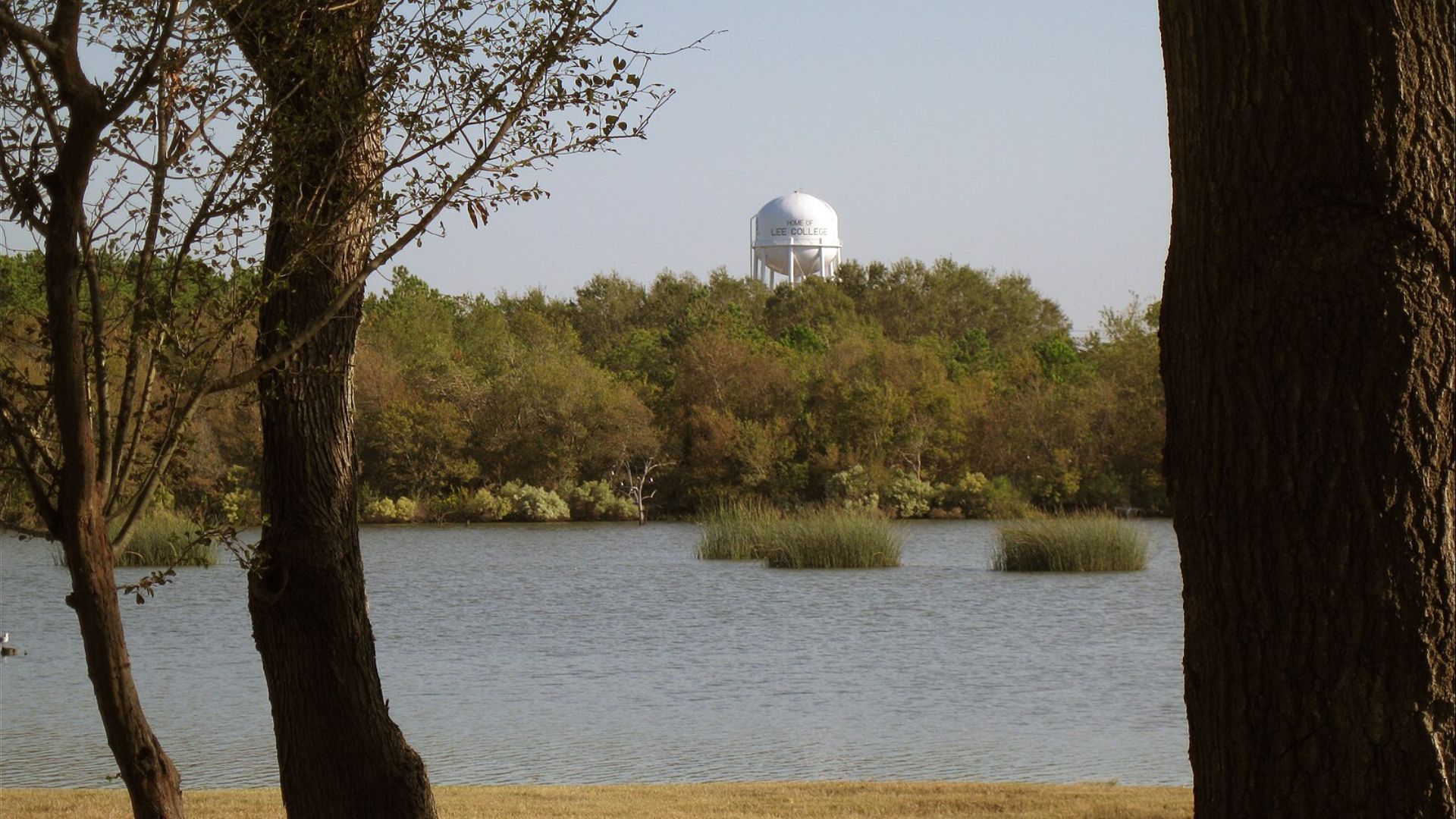
California experienced a rare boost in groundwater storage this year due to an unexpectedly large amount of rain and snow. This increase, the first in four years, provides a temporary reprieve from the state’s chronic water issues.
Despite this positive development, overall groundwater levels remain historically low.
Persistent Low Groundwater Levels

Even with the recent increase in groundwater storage, California’s overall levels remain concerningly low. Years of drought have left a lasting impact on the state’s water reserves. The temporary boost from recent rainfall underscores the need for more sustainable water management solutions.
Long-term strategies are essential to ensure a reliable water supply for California’s growing population and agricultural demands.
Climate Change and River Flow Disruptions
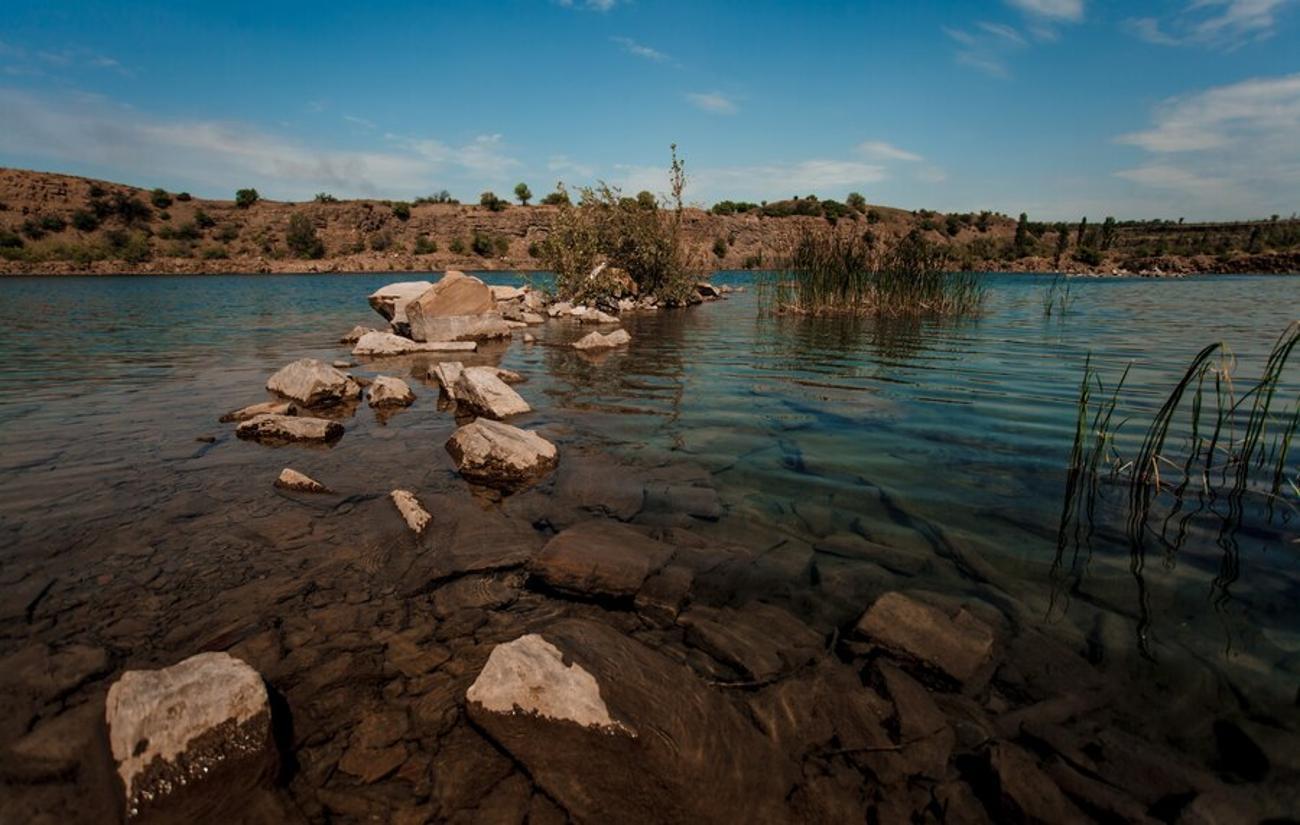
A recent study from the University of Leeds highlights the impact of climate change on river flows in northern latitudes. The research, published in the journal Science, indicates rapid transformations in river flow patterns.
These changes are disrupting aquatic life and seasonal river cycles. The study emphasizes the profound implications of climate change for water resources and ecosystems globally.
Impact on Aquatic Life
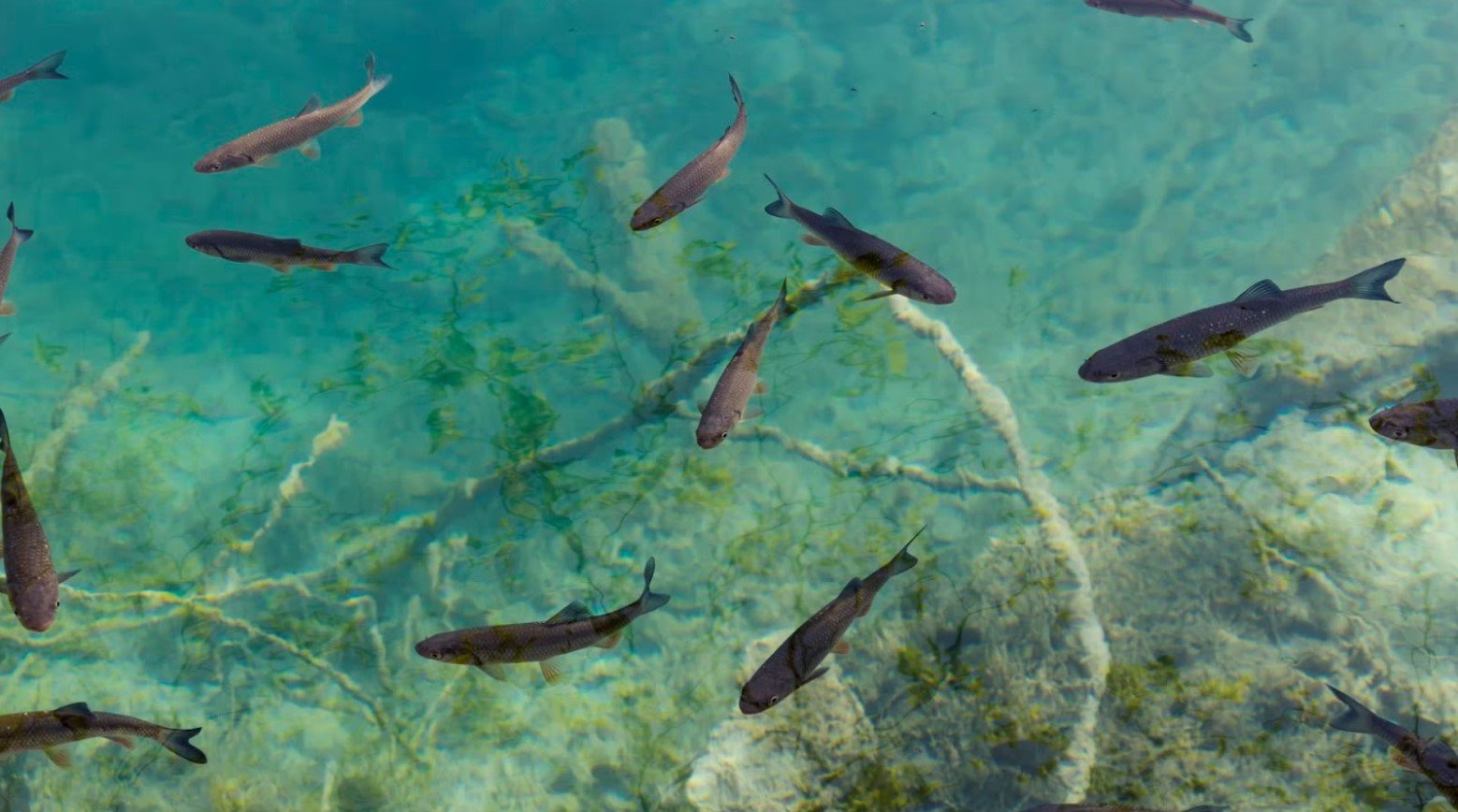
The study from the University of Leeds warns that rapid changes in river flow due to climate change are affecting aquatic life. Altered seasonal patterns threaten fish populations and other aquatic species.
This disruption poses substantial risks to the ecosystems dependent on stable river flows. These findings underline the critical need for adaptive water management strategies in response to climate change.
Broader Implications for Water Resources
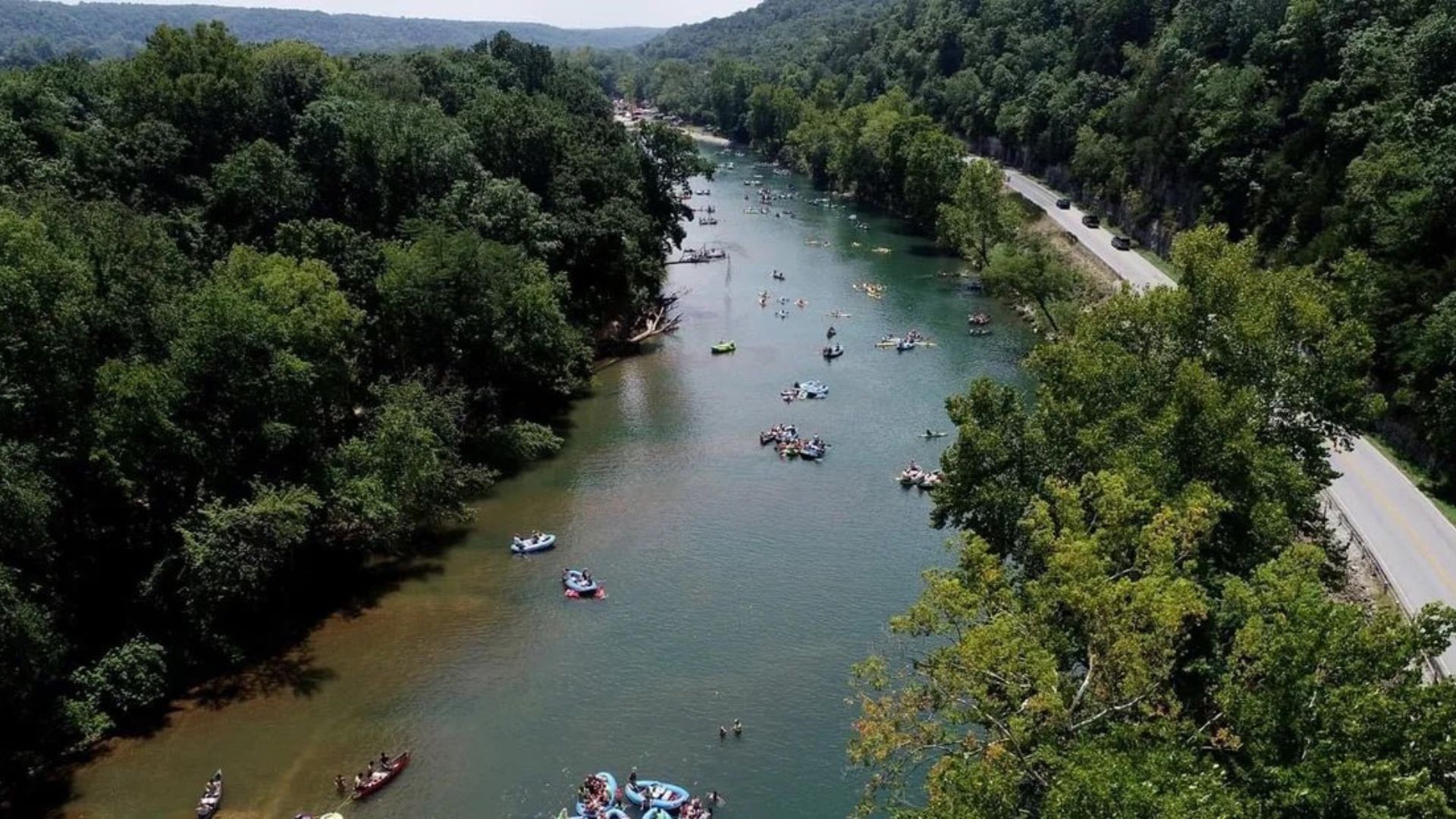
Climate change-induced disruptions in river flow have significant implications for water resources globally. The research from the University of Leeds highlights the urgency of addressing these changes.
Sustainable water management practices are crucial to mitigate the impacts on water supply and ecosystems. California, with its ongoing water challenges, must prioritize adaptive strategies to safeguard its future water security.
Integrating Sustainability in Water Projects
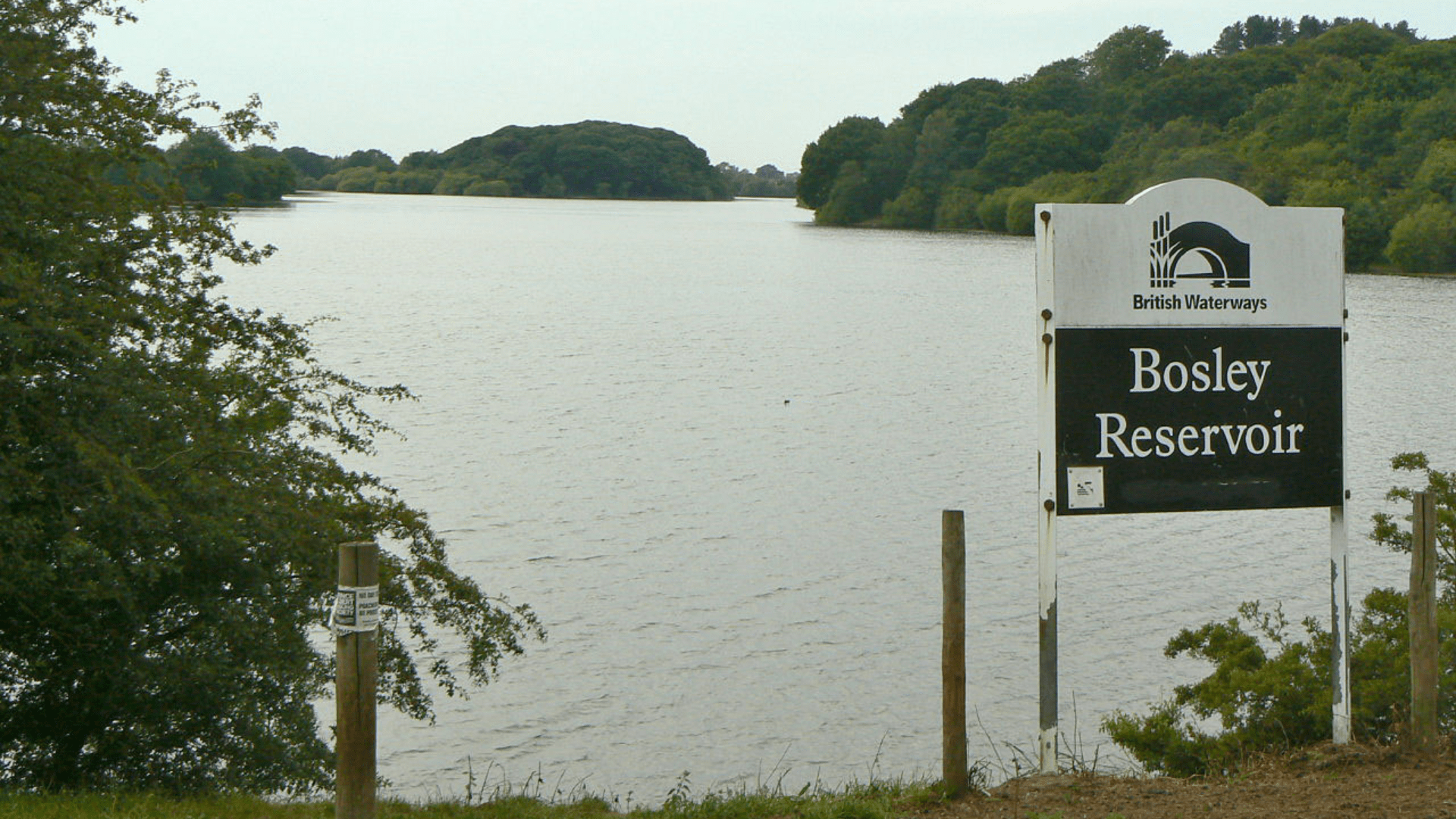
Incorporating sustainable practices in large water projects like the Sites Reservoir is essential. Advanced water management technologies and sustainable engineering can minimize environmental impacts.
For example, using renewable energy sources and implementing water recycling can enhance project sustainability. These practices are vital for balancing infrastructure development with environmental preservation and community needs.
Future Outlook

The interconnected water issues in California highlight the complex challenges the state faces. Balancing infrastructure development, environmental preservation, and community impact requires careful planning and sustainable practices.
As California navigates these multifaceted water challenges, adaptive and forward-thinking strategies will be crucial. The future of water management in the state hinges on the ability to integrate innovative solutions and reduce environmental impacts.
